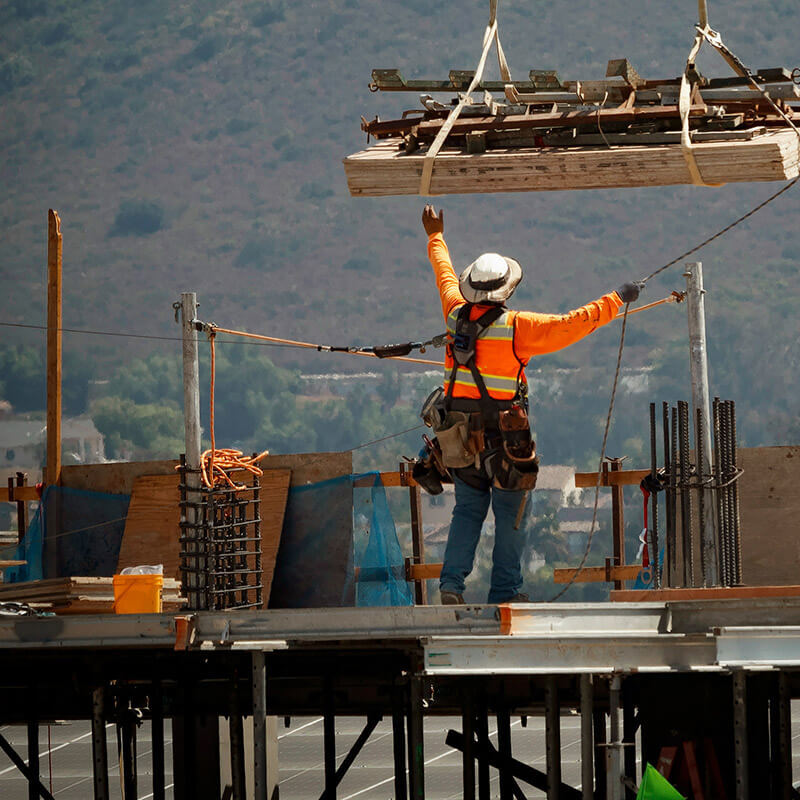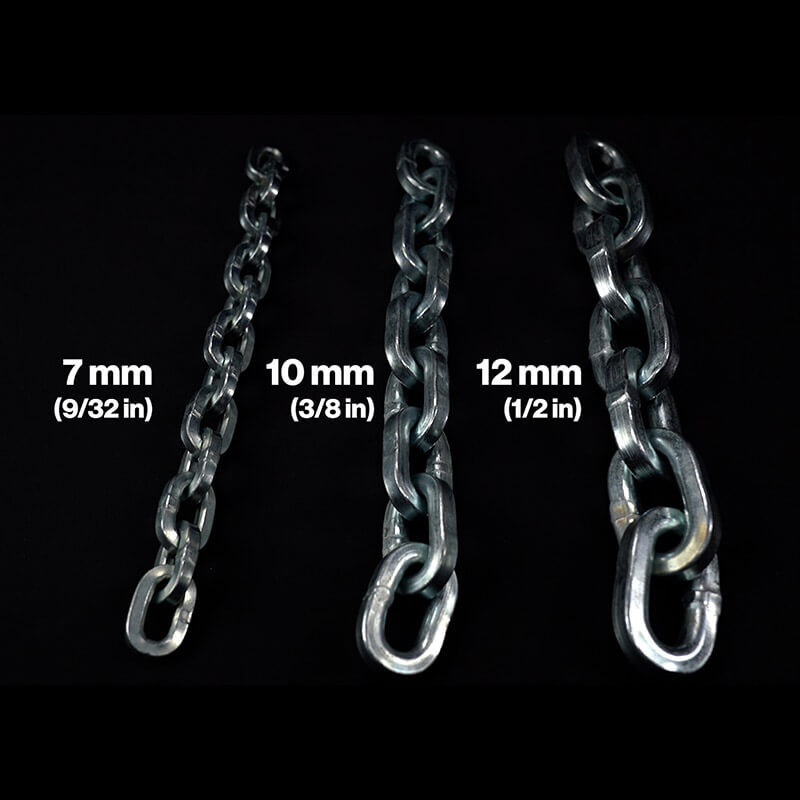What are the rules for SRL?
A self-retracting lifeline (SRL) is a critical element in fall protection systems, ensuring the safety of workers operating at heights. In the United States, SRLs are regulated by authoritative bodies such as OSHA and ANSI. OSHA (Occupational Safety and Health Administration) sets legally binding standards that must be adhered to, while ANSI (American National Standards Institute) provides voluntary yet influential guidelines under the Z359 series. The interplay of these standards creates a comprehensive SRL framework that ensures high reliability and performance.
OSHA's mandatory regulations are pivotal for SRL compliance, addressing issues such as maximum arresting force, deceleration distance, and inspection requirements. On the other hand, ANSI's recommendations, although not strictly compulsory, gain enforcement power via OSHA's General Duty Clause due to their industry recognition. Therefore, maintaining up-to-date information on both OSHA and ANSI SRL regulations is crucial for ensuring safety and compliance in the workplace.

Key Takeaways
- SRLs are essential for fall protection in workplaces involving heights.
- OSHA sets mandatory SRL regulations, while ANSI provides influential voluntary guidelines.
- Compliance with OSHA regulations guarantees SRL reliability and functionality.
- ANSI's guidelines, though voluntary, can be enforced under OSHA's General Duty Clause.
- Understanding both OSHA and ANSI SRL rules ensures enhanced workplace safety and compliance.
Understanding Self-Retracting Lifelines (SRLs)
Self-retracting lifelines (SRLs) are integral components of fall protection systems, designed to ensure the safety of workers operating at heights. These devices are engineered to arrest a fall quickly by locking onto a drum-wound line during an incident, while still providing freedom of movement for routine jobs. Adherence to SRL guidelines will increase worker safety and compliance with safety regulations.
Definition and Purpose of SRLs
SRLs play a critical role in fall protection systems by automatically locking in the event of a sudden fall, thereby preventing serious injuries. The primary function of an SRL is to limit the fall distance and reduce the impact forces on the user’s body. These devices continually retract and extend the lifeline as the worker moves, allowing for greater mobility and protection across various work environments.
Types of Self-Retracting Lifelines
ANSI Z359.0 delineates specific criteria for different types of SRLs, primarily dividing them into class A and class B categories. Understanding these categories is essential for ensuring proper use and safety.
- Class A SRLs: These lifelines have a maximum arrest distance of 24 inches. Class A SRLs are designed to halt falls quickly and are particularly useful for work areas where space for fall arrest systems is constrained.
- Class B SRLs: With a greater maximum arrest distance of 54 inches, class B SRLs provide added flexibility. These are ideal in environments where longer fall distances may occur, ensuring workers are adequately protected.
Both classes must satisfy stringent requirements for peak arresting force and average arresting force under the ANSI Z359.0 standards. By following these SRL guidelines and ensuring the correct class is used for the specific working conditions, the efficacy of the fall protection systems can be maximized, preventing potentially severe consequences of falls.
Overview of OSHA Regulations for SRLs
Occupational Safety and Health Administration (OSHA) regulations play a crucial role in ensuring the safety of workers using self-retracting lifelines (SRLs). Under OSHA 1910.140, comprehensive guidelines are established for personal fall protection systems to meet specific safety criteria. These regulations set the foundation for SRL standards, addressing critical performance factors such as arresting force, deceleration distance, and system durability during falls.
Key Requirements and Standards
OSHA 1910.140 mandates that personal fall protection systems, including SRLs, adhere to stringent requirements. The maximum arresting force should not exceed 1,800 pounds, ensuring minimal stress on the worker during a fall. Additionally, the deceleration distance is regulated to maintain safety, specific D-ring and snap hook strength standards are enforced to guarantee reliable component performance under stress.
Inspection and Maintenance Guidelines
Regular SRL inspections are essential to comply with OSHA standards and maintain the safety of fall protection systems. According to OSHA 1910.140, SRLs must be inspected by a Competent Person with the necessary expertise. These SRL inspections should assess the condition of the equipment, looking for signs of wear, damage, or corrosion. Establishing a routine maintenance program is crucial for detecting potential issues early, thereby ensuring that all personal fall protection systems remain functional and safe for use.
ANSI Standards for SRLs: Z359.14 Explained
The ANSI Z359.14 standard establishes stringent criteria for Self-Retracting Lifelines (SRLs) to ensure optimal performance during a fall. This standard encompasses several vital requirements crucial for the effective functioning of SRLs.
Among the key aspects outlined in ANSI Z359.14 are specifications for tensile strength and stopping distances. The standard mandates that SRLs must undergo rigorous dynamic strength testing under deceleration to validate their ability to arrest falls safely. This includes SRL dynamic testing which simulates real-world fall scenarios to assess the device's reliability and durability.
The ANSI Z359.14 standard categorizes SRLs into two classes, class A and class B, based on their arrest distance and force limits. Class A SRLs are designed for a maximum arrest distance of 24 inches, while class B SRLs accommodate distances extending up to 54 inches. Both classes must meet specific criteria for peak arresting force and average arresting force to ensure worker safety.
Moreover, ANSI Z359.14 includes detailed guidelines on environmental performance testing. This ensures that SRLs maintain their effectiveness under various environmental conditions, such as extreme temperatures and exposure to moisture. These tests are essential for evaluating the durability and operational reliability of SRLs in diverse work environments.
In addition to performance requirements, ANSI Z359.14 specifies the frequency and responsibilities for inspecting SRLs. Routine inspections are essential to maintain the equipment's integrity and functionality, with special emphasis on adhering to these guidelines to prevent equipment failure and ensure worker safety at all times.
Differences Between ANSI and OSHA SRL Standards
When evaluating the differences between ANSI and OSHA SRL standards, it becomes evident that while OSHA provides foundational requirements, ANSI offers more detailed guidelines. For professionals striving for comprehensive compliance, understanding these distinctions is imperative.
OSHA's standards are mandatory and legally enforceable. Conversely, ANSI standards, while voluntary, significantly influence compliance with SRL standards due to their depth and specificity. Safety professionals often prioritize ANSI's recommendations as they outline stringent criteria for SRL performance.
A fundamental aspect of ANSI's influence stems from the OSHA General Duty Clause, which mandates workplaces to be free of recognized hazards. Through this clause, failure to adhere to ANSI's recognized best practices could potentially result in enforcement actions by OSHA.
When it comes to SRL best practices, OSHA vs ANSI differ in their approaches. OSHA focuses on minimal, essential requirements to ensure safety, while ANSI provides an extensive framework covering various performance metrics and testing methodologies.
Ultimately, thorough compliance demands familiarity with both sets of standards. By integrating ANSI's comprehensive guidelines and adhering to OSHA's enforceable mandates, organizations can ensure robust safety protocols.
Inspection and Maintenance Requirements for SRLs
Ensuring the safety and longevity of self-retracting lifelines (SRLs)requires comprehensive inspection and maintenance practices. Both OSHA and ANSI standards emphasize the necessity of regular checks to maintain SRL compliance and functionality.
Daily and Annual Checks
Daily personal inspections are essential in identifying any immediate issues with the SRL, such as visible damage or corrosion. These pre-workday checks should include examining the housing, lifeline, and connector for signs of wear or malfunction. Annual checks by a Competent Person are mandatory, ensuring a thorough evaluation of the SRL's overall condition and functionality. This includes testing the retraction and braking mechanisms to confirm their proper working order.
Role of the Competent Person
Competent Person inspections play a critical role in the ongoing maintenance of fall protection equipment. These professionals are responsible for conducting detailed inspections, which are more in-depth than daily checks. ANSI guidelines recommend six-month inspections by a Competent Person to complement the annual evaluations. The objective is to detect any issues that may not be apparent during routine daily checks and to ensure that all SRL inspection requirements are meticulously followed to guarantee the highest levels of safety and performance.
Regular SRL maintenance and systematic fall protection equipment inspections are vital to the safety of workers operating at heights. Adhering to these protocols not only meets regulatory standards but also fosters a culture of safety in the workplace.
Best Practices for SRL Usage
Effective utilization of self-retracting lifelines (SRLs) is essential for ensuring the safety of workers operating at heights. Following best practices not only minimizes the risk of falls but also maximizes the efficiency and lifespan of the equipment.
Proper Usage Techniques
Adhering to SRL proper use involves understanding and implementing correct donning procedures for safety harnesses, performing regular fall protection system inspections, and ensuring secure attachment to appropriate anchorage points. Training employees on the specific operational protocols of SRLs and conducting thorough safety harness inspections are crucial steps in this process. Regularly reassessing the equipment to confirm its functionality and reliability can significantly contribute to avoiding fall protection accidents.
Common Mistakes to Avoid
Several common errors can jeopardize the efficacy of an SRL. Neglecting daily inspections, misunderstanding or misapplying operational techniques, and improperly storing the equipment are frequent culprits. To avert these issues, it's imperative to integrate structured fall protection system inspections into the daily routine. This includes checking for wear, damage, or corrosion, and ensuring all components are functional. By avoiding these mistakes, the likelihood of equipment failure and subsequent accidents is greatly reduced.
Employers have a responsibility to guarantee their workforce is knowledgeable about their safety gear. This includes regular training on SRL proper use and reinforcing the importance of a diligent fall protection system inspection regimen. Ultimately, a well-informed workforce is the best defense against potential fall protection accidents.
Conclusion
Ensuring SRL compliance is more than adhering to regulations; it is about safeguarding the lives of workers who operate at dangerous heights. Both OSHA and ANSI play crucial roles in setting and monitoring safety standards for SRLs and other fall protection systems. Integrating their guidelines helps maintain a robust framework for safety and operational integrity.
The differences between OSHA and ANSI regulations underline the importance of understanding and implementing the most comprehensive SRL safety standards. ANSI standards, although voluntary, provide detailed criteria that enhance the overall reliability of fall protection systems. By aligning these standards with OSHA's mandatory requirements, businesses can achieve a higher level of worker safety and legal compliance.
Regular inspections and adherence to best practices are pivotal in maintaining SRL safety. Daily checks by users and periodic inspections by a Competent Person ensure that the equipment remains in optimum condition. Establishing a culture of safety through continuous education and thorough inspections can significantly reduce the risk of fall-related incidents in the workplace.
If you need SRLs, fall protection systems or any other rigging equipment and supplies at Bishop Lifting we have a vast assortment of products and brands that are in stock and ready to shop.
What Type of Rope Is Best for Climbing?
Dec 9th 2025
What Are the Two Types of Kernmantle Rope?
Nov 25th 2025
What Is a Kernmantle Rope Used For?
Nov 21st 2025
What Is a Fall Protection Harness?
Nov 14th 2025
What are the four components of a PFAS?
Nov 7th 2025
Is Palmer Safety OSHA Compliant?
Nov 3rd 2025
What’s the Hardest Chain to Cut?
Oct 20th 2025
What are the most common tools used in rigging?
Oct 13th 2025
What Is the Strongest Security Chain?
Oct 7th 2025










